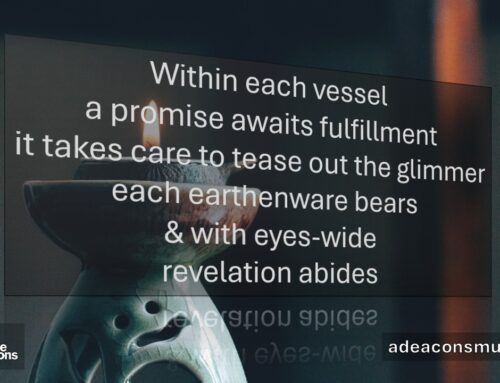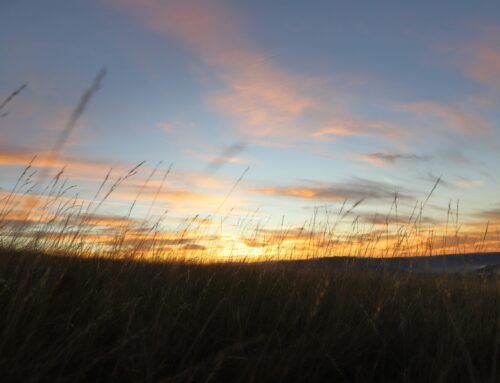There I was, during one of my weekly cardio workouts, on my treadmill with TED docs waiting in the wings, watching a documentary called Star Warriors. It's one of the extras on the Star Wars: The Complete Saga Blu-ray, and basically it follows the 501st Legion gathering at the Rose Bowl in 2007, in order to parade in costume! The 501st is an international group of diverse men and women, who don Storm Trooper gear, Vader costumes, and Boba Fett jets and go out into the world to … well … not conquer, but do good works. The bond? Star Wars itself …
In another moment of geeky-goodness, I have also noted the proliferation of Browncoats … what's a Browncoat? Technically they're people who fought against the Alliance in a Joss Whedon universe, in which the Alliance has defeated the rebels and the rebels have scattered, but not given up the dream of the Independence. In our universe, they are usually a diverse group who gather, in costume, put on showings of the TV series Firefly, the movie Serenity and basically … well they don't fight the Alliance, they … do good works. And the bond? The Firefly universe …
So what's my point … and no this is not a simple shout-out to all those geeky-friends to simply, once more, connect my sci-fi geek with my church-geek … it's got something to do with the reality that both of these tales (and generally any decent sci-fi creation that mirrors our human condition) illustrate the tension of our relationship with violence. In both stories the tools of those rebelling – the Independence and the Rebel Alliance – utilise the tools of war against those – the Empire or the Alliance – who are controlling them. And, of course, it makes for shiny special effects and things that make a cinematic experience grand!
With that critique in mind, however, what happens in real life seems to subvert this paradigm. For those who travel as Browncoats or members of the 501st Legion, their bond in the tale enables them go into their communities and to fund-raise, meet the needs of their local community, and assist those living as 'have-nots.'
And of course this subverting of tales of violence also seems to resonate with the ministry of Jesus. We’re in the Easter season now, wrestling with the paradox of life, death and resurrection. What does that mean in the 21st Century as wars seem to be sprout like weeds (or such is the constant media sound byte)? How are we to respond to the overwhelming nature of this narrative?
In the midst of violence, a death so horrendous that it was strategically designed not only to imbue fear, but also shock and awe to the point of paralysis, the men of women of the Way discovered a new identity: Christian Discipleship. A worldview that enabled – hell, emboldened them – to walk out joyfully into their midst and care for those who were on the margins, to offer compassion for the discarded and they did it, well joyfully! If you listen to the stories of men and women from the 501st or Browncoats in your communities, there’s a passion clearly evident, which is explicit as they give their time and energy to help those in their midst.
In a world where heroes seem to have to have big bright light sabres or blasters that cut through the fray, there’s a consistent and subversive narrative that turns the other cheek and openly, courageously and in humility offers a different way. And, I for one, think that’s a road I would like to walk … it may be less clear where it will lead, but I have an inkling life will be embraced by colours crisp, sounds resounding with clarity and satisfaction at the end of the day …







Your reflections are most welcome!